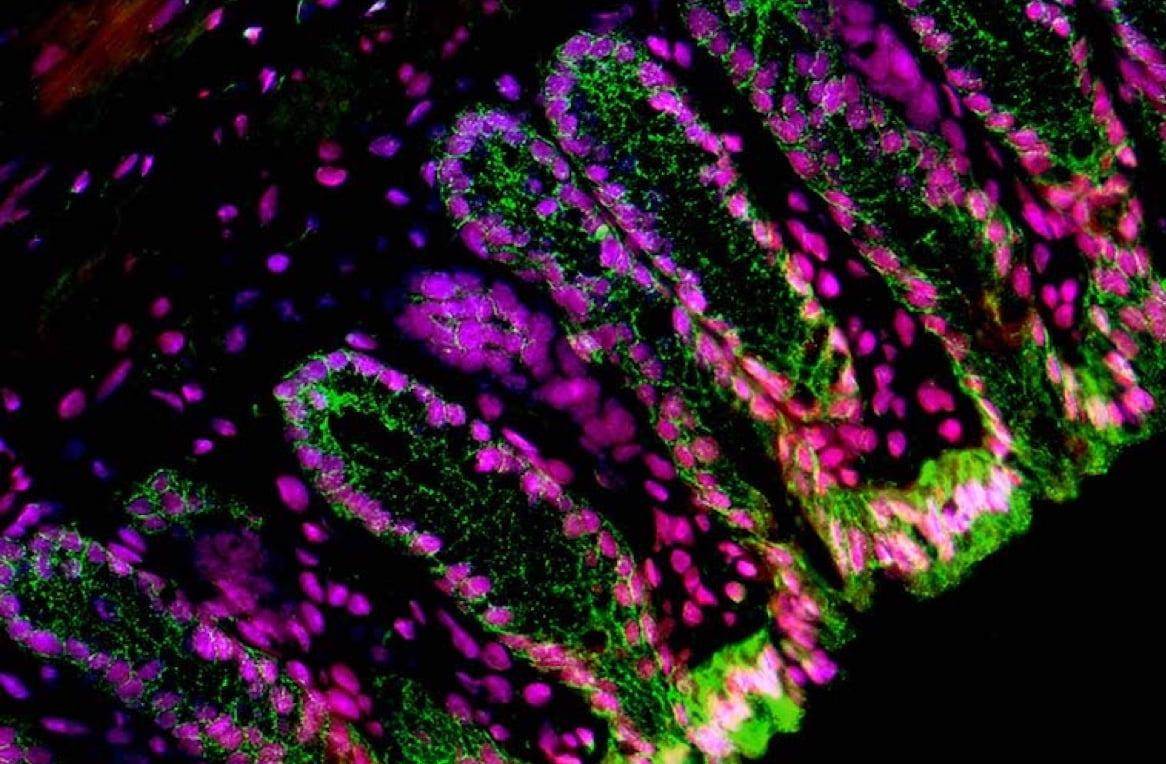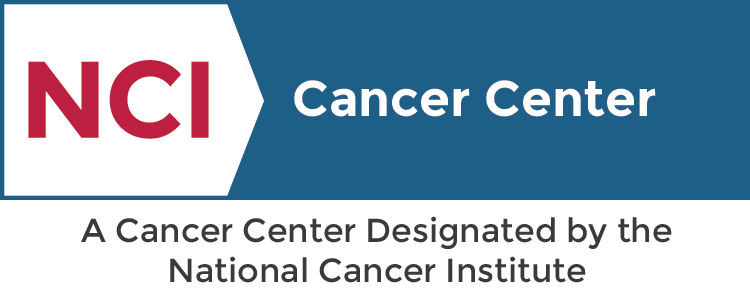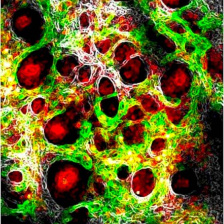Our Research Areas
From fundamental discoveries to engineering advances, we strategically pursue five areas of research that, across tumor types, are critical for rapid progress toward defeating cancer.
As a National Cancer Institute-designated basic cancer research center, we produce knowledge and tools to fight one of humanity's most persistent challenges.
At the Koch Institute for Integrative Cancer Research, scientists and engineers work together to solve some of the most difficult problems in cancer. We ask big questions in strategic areas, where the answers have big impacts on how we understand and treat cancer.




